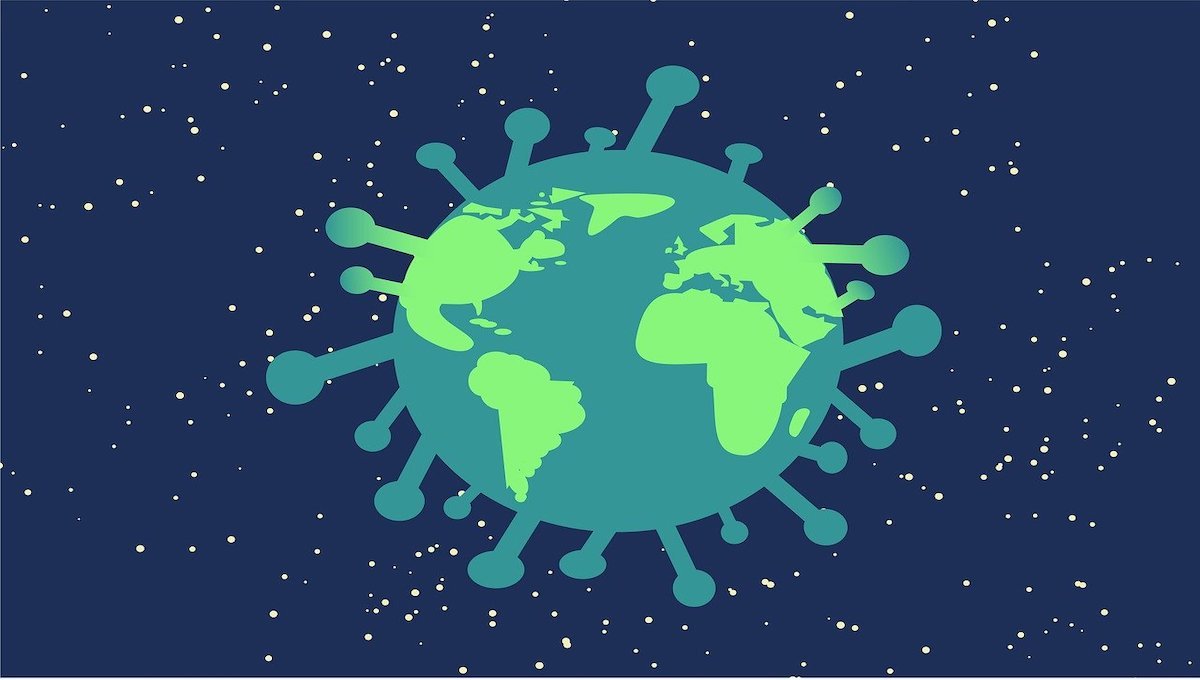By now, we know a lot about the coronavirus. Dr. Megan Ranney (the emergency physician and Brown University associate professor of emergency medicine) spent last week testifying about the coronavirus before Congress. After she took to Twitter with some useful advice on coronavirus on Sunday, CNN interviewed her with some even more in-depth questions. She knows a lot about it, but she also admits that the world is still unsure of some issues regarding COVID-19.

What we don’t know yet?
The way the illness is spread – we are almost sure that it’s similar to the previously known ways of spreading, but it’s more aggressive. There’s conflicting information over whether it’s aerosol spread (like measles) or droplet (like flu). We also don’t know how long the virus lives on surfaces and whether it’s spread by cats, other animals, and by human waste. We are not aware of the true case fatality rate. Currently, scientists say that coronavirus is at least four times more deadly than the flu.
What else is there to research?
It seems more or less obvious which symptoms appear, but we don’t fully understand how it causes this wide variety of them. Although doctors have growing clinical knowledge, the new multi-inflammatory syndrome observed in kids is very much a black box. What about the virus being spread by cigarettes or vapor? We know that current smokers have a higher risk of severe illness and death, but we know nothing about the spread of the virus among smokers.
Summer is coming and rumors about its consequences are controversial
The first issue is that, what many believe, coronavirus will dissolve during the hot months. Another thing is that AC systems are potentially spreading the virus more. Is there anything to be worried about? Several studies show that airflow changes patterns of transmission inside a building. That is even quite obvious without being a scientist or a technician. When it comes to COVID-19, it’s not sure whether it’s spread through the AC system. It’s likely, though, due to air blowing the virus droplets or aerosols into certain locations.
Why don’t we know the real fatality rate and what will help us determine it?
The first reason – we don’t know how many people have been infected (there are severe delays in getting testing going), so it’s impossible to know the fatality rate i.e. the number of people who died divided by the number of people infected. What we do know is that the case-fatality rate likely differs in various populations. We are already aware at a global scale that it’s higher for the elderly than for the young.
Do we just need more time to study the virus or we are totally unable to discover some aspects of it at all?
A lack of skills or knowledge isn’t a problem at all here. It’s time, and funding – the two things usually involved in any specialistic field to make sure things are done well. We need to be careful in what we read everything that is published currently related to COVID-19. We must also remember that it’s all novel, and, more often than not, it’s not checked by specialists. Some titles and pieces of information are less trustworthy than others. There is a lot of funding being provided for scientists, but social distancing makes everything tougher. Clinical research isn’t working at its normal rate, just like everything else. Everyone is affected by the coronavirus. As we all know, it’s a very democratic disease.
How do we get to know all of that?
How to figure out all the crucial info mentioned above? How to get a concrete idea of, for example, how is the virus transmitted and how long does it last on surfaces? Also, what’s the difference between the virus only being on the surface and it being infectious? Even if we detect it there, it may still not be able to get anyone sick. Ever heard of a dead virus? Just observing that the virus is ‘there’ (on the surface) doesn’t mean it’s ‘infectious’. Knowing that even more questions arise. Doctors and scientists admit that a few more good laboratory studies are still needed and essential to discover many of the coronavirus’ qualities.






